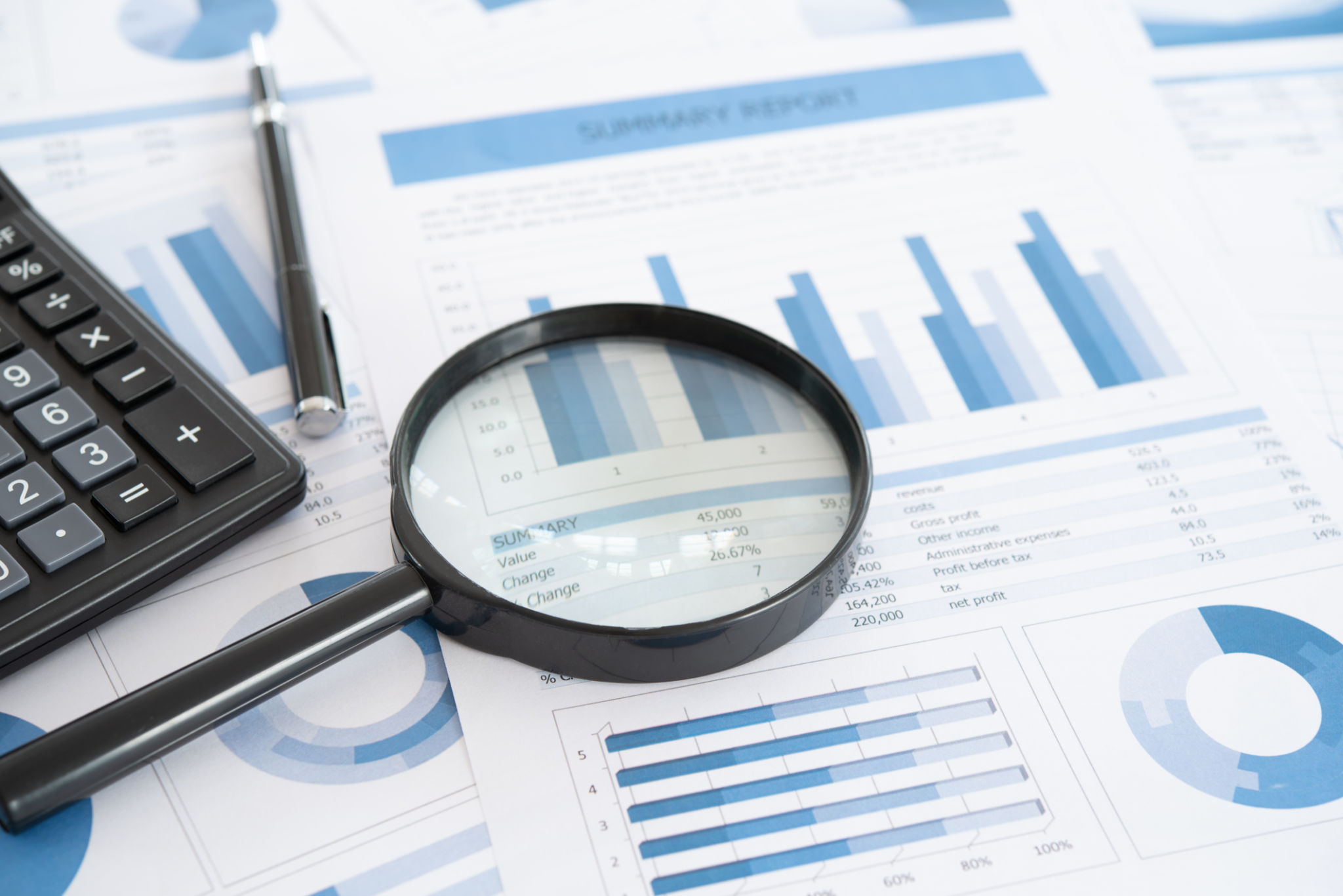How to Choose an Affordable Freelance Web Designer for Your Business
Understanding Your Needs
Before diving into the search for a freelance web designer, it's crucial to clearly define what you need. Determine the purpose of your website and the features it should have. Are you looking for a simple informational site or a complex e-commerce platform? Knowing your requirements will help you communicate effectively with potential designers and ensure they can meet your expectations.

Consider the style and aesthetic you want for your website. Look at competitor sites or other websites for inspiration to identify what appeals to you. This will aid in finding a designer whose style aligns with your vision, saving you time and money in revisions later on.
Research and Shortlist
Once you've established your needs, it's time to research potential freelance web designers. Start by asking for recommendations from colleagues or searching online platforms like Upwork or Fiverr. Pay attention to reviews and ratings to gauge their reputation and reliability.
As you compile a list of candidates, review their portfolios to assess their design capabilities and experience. Look for examples of past work that reflect the style and functionality you desire for your website.

Evaluate Skills and Experience
When evaluating potential designers, consider their technical skills and experience. Ensure they are proficient in the necessary programming languages and design tools required for your project. A designer with experience in your industry may better understand your needs and challenges.
It's also important to discuss their process and timelines. Understanding how they approach a project can give you insight into their work ethic and whether they can meet deadlines effectively.
Budget Considerations
Setting a realistic budget is vital when hiring a freelance web designer. While it might be tempting to go for the cheapest option, remember that quality often comes at a price. Evaluate whether the designer's fees align with the value they provide. An experienced designer might charge more but could deliver a product that fulfills your needs better and faster.

It's important to clarify payment terms upfront. Discuss whether the designer charges a flat fee, hourly rate, or requires a deposit before starting work. Clear financial agreements help avoid misunderstandings later on.
Communication is Key
Effective communication is essential for a successful collaboration with your web designer. Ensure they are responsive and open to feedback, as this will facilitate smoother project execution. Establish the preferred communication channels and frequency of updates before beginning the project.
Regular check-ins and progress reports can help keep the project on track and allow for adjustments if necessary. A designer who communicates well is more likely to deliver work that meets your expectations.
Finalizing the Contract
Once you've chosen a designer that fits your needs and budget, it's time to finalize the contract. Make sure all details are documented, including project scope, timelines, payment terms, and any other relevant conditions. This formal agreement protects both parties and sets clear expectations.
Review the contract thoroughly before signing. If necessary, seek legal advice to ensure everything is in order. A well-drafted contract is a foundation for a successful project and helps prevent disputes.

